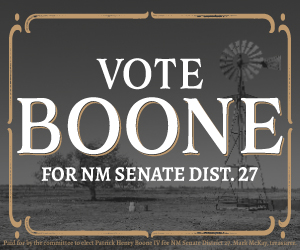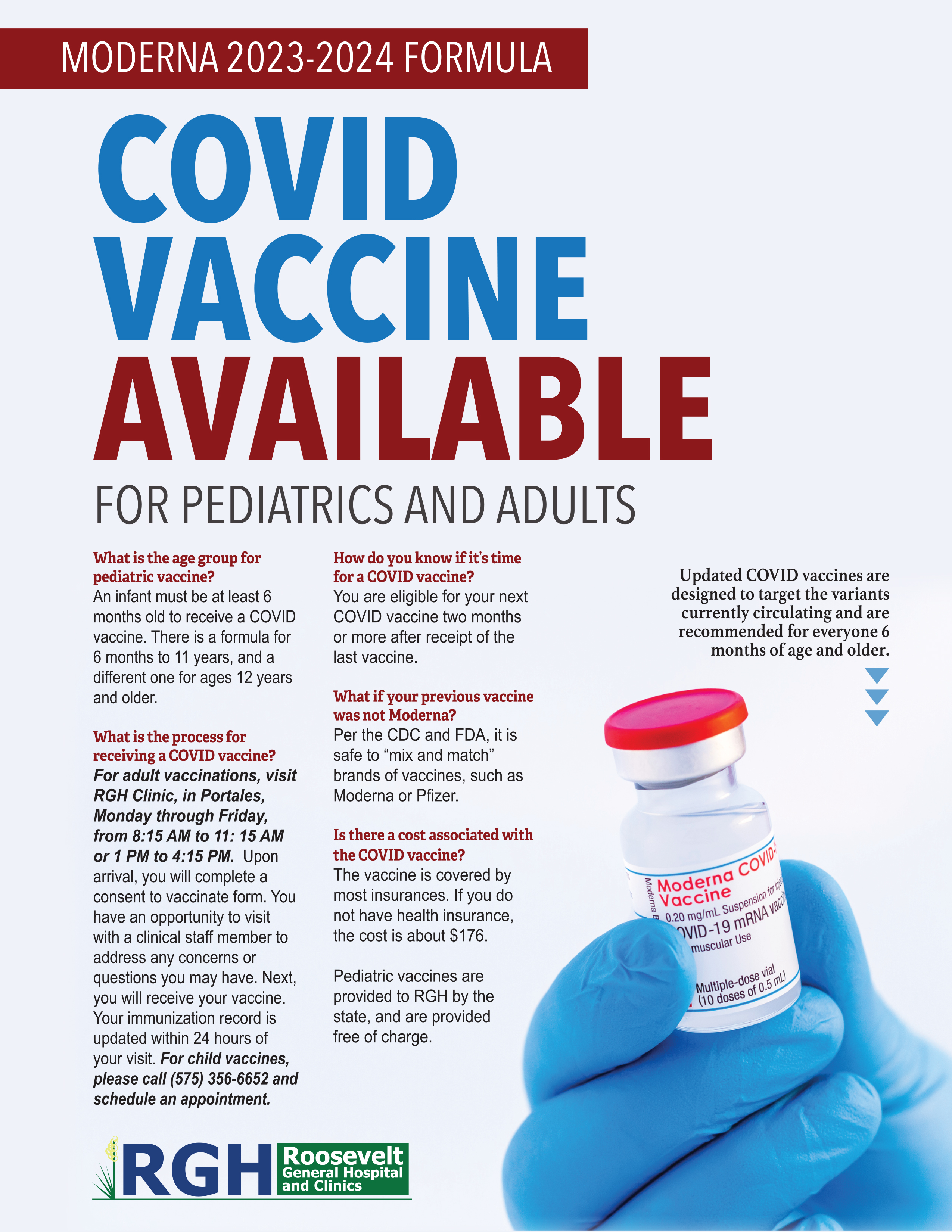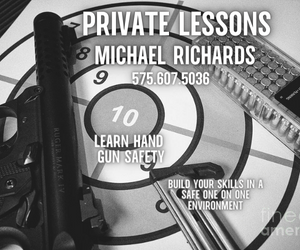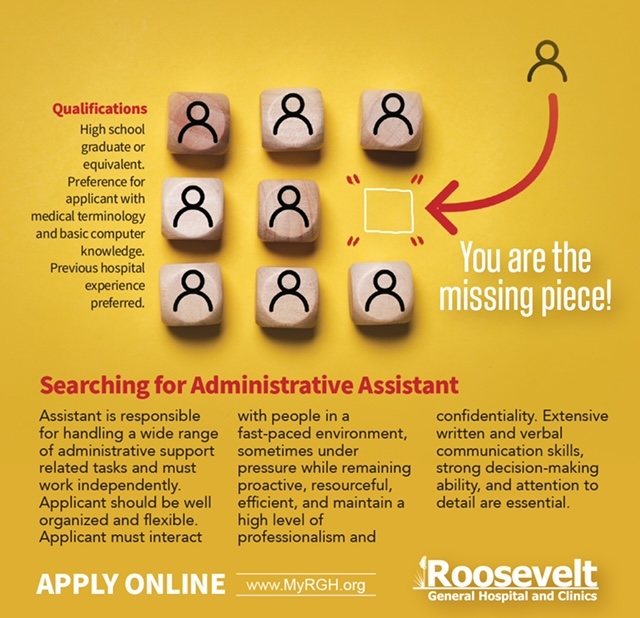New Mexico and other areas across the Southwest U.S. are affected by the North American Monsoon System (NAMS) every summer, and the “Monsoon Season” is designated as the period lasting from June 15th through September 30th.
With the onset of the Monsoon, New Mexico is typically impacted by a variety of weather hazards that can often put the population at risk for serious injury or death.
Thunderstorm frequency increases during this period, while exceptionally hot days are common as well.
Despite the desert environment of the Land of Enchantment, statistics indicate that significant weather events associated with the Monsoon are responsible for property damage, injuries and fatalities across the state every single year.

As a result, the National Weather Service urges all residents and visitors to become familiar with the hazards associated with the Summer Monsoon.
The best way to avoid lightning, flash floods, and other dangerous weather events during the monsoon season is by staying alert of the weather conditions and avoiding the threat before it occurs.
Many opportunities are available to gain weather information including:
▪ Monitoring current weather forecasts on TV or the internet. Accuweather is a great app to download that will send weather updates in real-time to help you prepare for bad weather that is headed your way.
▪ Listening to weather reports on the radio or a NOAA weather radio.
▪ Subscribing to lightning and severe weather notification services on your mobile device
▪ Scanning the skies 360 degrees around and overhead before leaving a safe location.

Understanding Watches, Warnings, and Advisories:
Watches (Severe Thunderstorm, Flash Flood, and Tornado, for example) mean that widespread severe weather or flash flooding is possible. A watch means that severe weather or flash flooding has not yet occurred, but weather conditions are becoming highly volatile. Pay close attention to the weather, and tune into TV, radio, or NOAA Weather Radio broadcasts regularly.
Warnings (Severe Thunderstorm, Flash Flood, Tornado, Dust Storm, Excessive Heat) mean that life-threatening weather is about to occur, or has been reported. Take action immediately.
Areal Flood Advisories mean heavy rains will cause minor flooding of washes, streams, and typical flood-prone areas. Flooding in this situation is usually not serious. If the flooding does become life threatening, then the flood advisory is upgraded to a Flood Warning.
Warnings are not issued for lightning, mainly because thunderstorms, no matter how weak, can produce deadly cloud-to-ground lightning.

Lightning Safety
When thunder roars, go indoors. If you can hear thunder, you are close enough to be struck by lightning. There is no place outside that is safe from a lightning strike. Remaining indoors for 30 minutes after seeing the last lightning and hearing the last thunder will eliminate the risk at the end of storms.
If fewer than 30 seconds elapse between the time you see a flash and hear the thunder, then the flash is less than 6 miles away. Research has shown that the most successive flashes are within 6 miles, which means that you should have reached a safe place if lightning is less than 6 miles away. However, lightning may strike up to 10 miles away from the parent storm.
If someone is struck by lightning, call 911 immediately.
Any time thunderstorms are in the area, lightning is a serious threat.
This is supported by the fact that lightning has killed 84 people in New Mexico since 1959.
Flash Flood Safety
Many governmental agencies are dedicated to alerting the community to road closures during our thunderstorm.

More deaths each year occur due to flooding than from any other thunderstorm-related hazard because people underestimate the force and power of water. Many of the deaths occur in automobiles that are swept downstream.
Flash Flood Safety for Homeowners
• If you live in a flood prone area have an evacuation plan.
• Store materials like sandbags, plywood, plastic sheeting and lumber for protection from floodwaters and to make quick repairs after a severe storm.
• Store materials above flood levels.
• Secure wanted objects to prevent them from floating away.
• Learn where to find high ground, which is safe from flooding. In a flash flood seek high ground quickly.
• Contact an insurance agent to discuss flood insurance coverage. Flood losses are not covered under normal homeowners’ insurance policies. Flood insurance is available through the National Flood Insurance Program. Get coverage early-there is a waiting period before it takes effect.
Turn Around Don’t Drown™ Safety Tips
• Driving around barricades is illegal and dangerous.
• Do not let children play near storm drains or washes after a heavy rain.
• Avoid low-water crossings.
• Avoid camping in a wash or in the bottom of a canyon with steep side slopes.
• Be especially cautious at night. Flood dangers are much more difficult to see in the dark.
• Even a less serious urban flood can be dangerous. Driving too fast through standing water can cause a car to hydroplane. The best defense is to slow down or pull well off the road (with the lights off) for a few minutes to wait out heavy rains.
• Avoid areas already flooded, especially if the water is flowing fast.
• Do not attempt to cross flowing streams.
• Do not camp or park a vehicle along streams and washes, particularly during threatening conditions.
• If flooding occurs, get to higher ground. Get out of areas subject to flooding. This includes dips, low spots, canyons, washes, etc.
• Roadbeds may be washed out under floodwaters. Never drive through flooded roadways.
• If your vehicle is suddenly caught in rising water, leave it immediately and seek higher ground.
• If a traffic signal is out, treat the intersection as a 4-way stop.
• As little as ten inches of water can float average-sized cars, mini-vans, SUVs and trucks. Strength of the flow is the critical force.
• When in doubt, wait it out, or find a safer route.
Power and Communications Outage Safety
Power and communications outages can be more widespread and last longer than a thunderstorm.
Be ready for outages by taking precautions and actions to minimize inconvenience and maximize safety. Protect sensitive electrical equipment by installing power protection devices that can be purchased at department, hardware or electronics stores.
• Stay at home.
• Use a cell phone. Cordless phones do not work without electricity. Corded phones are targets for lightning strikes.
• Unplug sensitive electronic equipment before the storm arrives.
• Turn off electric appliances that were on before power was lost. Leave one light on as an indicator for when power is restored.
• Keep refrigerator and freezer doors closed — food will stay fresh up to 8 hours.
• If the power is out for less than two hours, do not open the refrigerator or freezer. This will help food to stay cold. For a power outage lasting longer than two hours, pack cold and frozen foods into coolers. As a general rule, perishable foods should not be held over 40 degrees for more than two hours.
• During a thunderstorm, turn off the AC unit. Power surges from lightning can overload units, leading to costly repair bills.
Dust Storm Safety
• These are an underrated danger in the area! Straight line winds in any thunderstorm can lift huge clouds of dust and reduce visibilities to near zero in seconds, which can quickly result in deadly accidents on roadways.
• Dust storms are more common during the early part of the monsoon, but can occur at any time during the season, depending on rainfall patterns. Be prepared for blowing dust and reduced visibilities any time thunderstorms are nearby.
Remember: PULL ASIDE, STAY ALIVE!

If you encounter a dust storm, and cannot avoid driving into it. Pull off the road as far as you can safely do so. Turn off your headlights and taillights. Put your vehicle in “PARK,” and/or engage your parking brake, and take your foot off the brake (so your brake lights are not illuminated.) Other motorists may tend to follow tail lights in an attempt to get through the dust storm, and may strike your vehicle from behind.
For additional information, see pullasidestayalive.org
Disaster Supply Kit Contents:
Every family should prepare a family disaster supply kit in the event of severe weather conditions. The disaster supply kit should contain essential items such as food, water, and sturdy clothing, to sustain a family for up to three days since electric power, gas and water services may be interrupted.
• Three gallons of water in clean, closed containers for each person and pet
• First aid kit
• A stock of food that requires no cooking or refrigeration
• Portable and working battery-operated radio, flashlights, and extra batteries
• (Candles and oil lamps are fire hazards)
• Necessary medications
• Back-up power source for life support or other medical equipment that requires electricity to function
News media and New Mexico emergency managers or anyone needing information on Monsoon Season significant weather, or any other preparedness and planning, are invited to contact one of the following offices for details:

Northern and Central New Mexico (NWS Albuquerque NM)
Kerry Jones – Warning Coordination Meteorologist
(505) 244-9150 Ext. 223

Southwest and South Central New Mexico (NWS El Paso TX)
Jason Laney – Warning Coordination Meteorologist
(575) 589-4088 Ext. 223

Southeastern New Mexico (NWS Midland TX)
Mark Strobin – Warning Coordination Meteorologist
(432) 563-5901 Ext. 223
Sources:





























